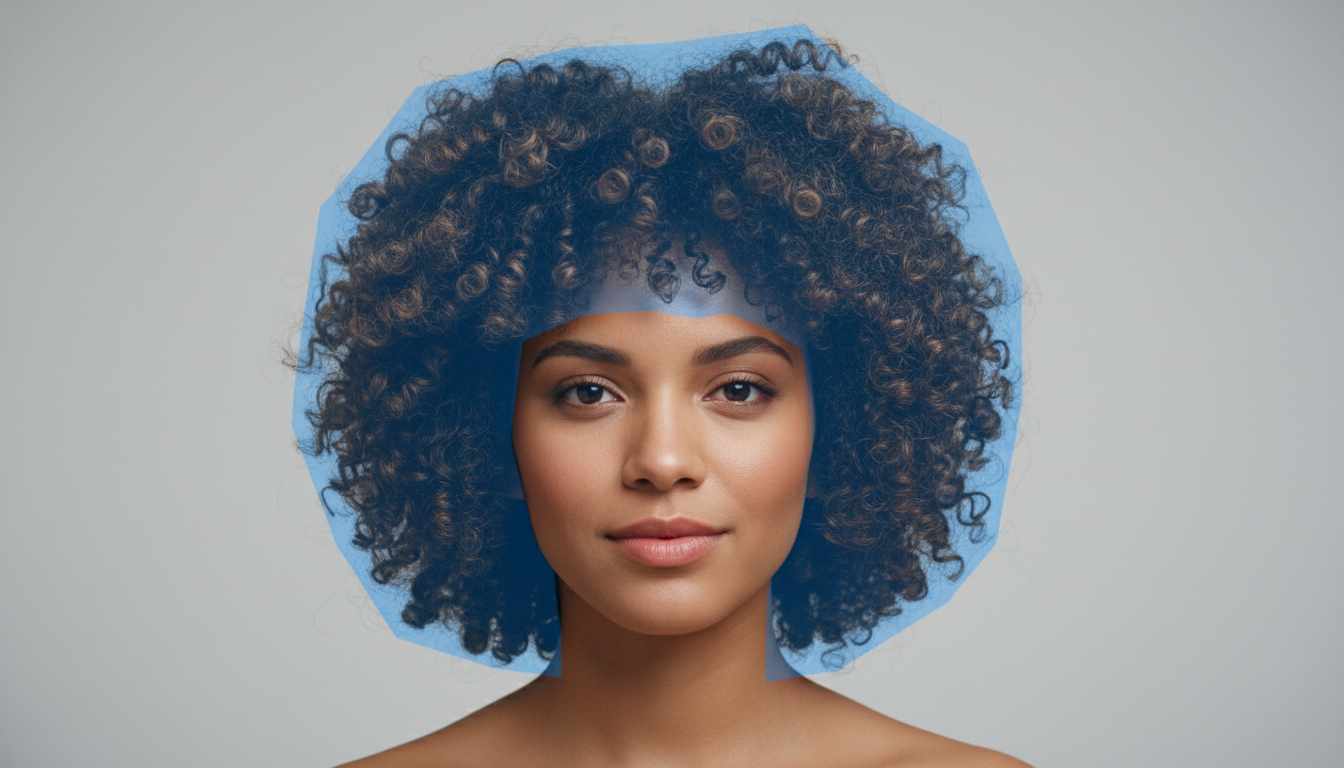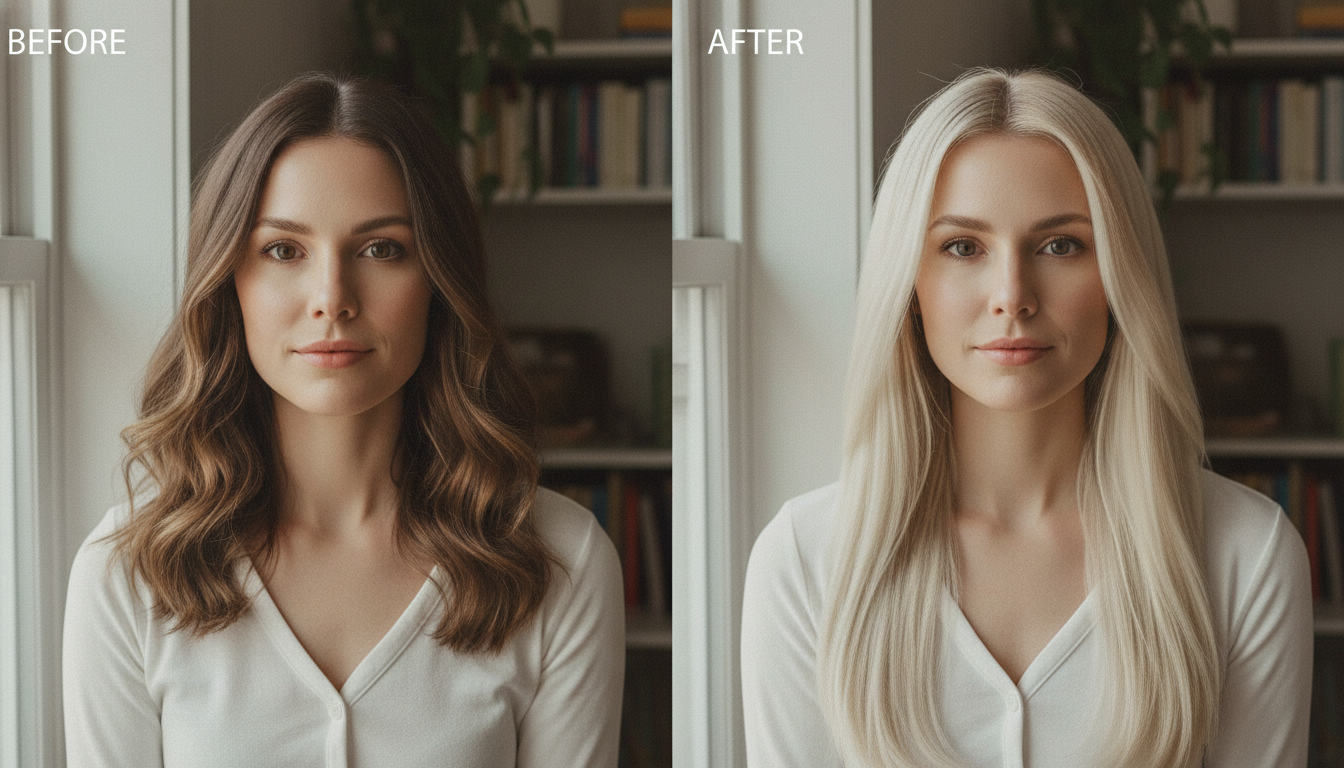Can AI change your hairstyle from a photo and how does CoopeAI do it? Yes. Applications such as CoopeAI accept user photo uploads, run automated face and hair analysis, then synthesize new hair shapes, textures and colors using modern generative models (GANs or diffusion-based image-to-image models). The result is composited back onto the original portrait with lighting and shadow adjustments so the output looks natural and personalized.
What does AI hairstyle change mean and which components are involved
AI hairstyle change is an image-editing pipeline that replaces or modifies hair in a user photo while preserving identity and facial features. Core technical components include face detection, hair segmentation/matting, style selection or text prompt parsing, generative synthesis (conditional image-to-image), and photorealistic blending. These pieces work together to transform length, cut, texture and color while keeping lighting and skin tones consistent.
How CoopeAI uploads images and generates different hairstyles step by step
- Client-side upload and validation ensures the photo meets resolution and consent requirements. The app checks face orientation and image quality before sending data.
- Preprocessing runs face detection (landmarks) and hair segmentation (binary hair mask) to isolate the target region. Modern models use real-time architectures for speed.
- Conditional generation: the system feeds the original image plus a hair-mask and either a style template or text prompt into a generator (image-to-image model) to synthesize the new hair. Generators include GAN variants (StyleGAN family) or latent diffusion models for higher fidelity.
- Post-processing aligns color, shadows and hair strands with the scene using color transfer, alpha matting and small CNN-based refiners to remove artifacts. The final compositing step blends edges and adjusts global tone for realism.
Which generative models drive hairstyle synthesis and why they matter
Generative choices shape realism, control and compute costs. StyleGAN-style models (see StyleGAN2) are excellent at high-fidelity texture synthesis and identity preservation for aligned face crops, while latent diffusion models (LDMs) provide robust image-to-image conditioning and better handling of diverse prompts and backgrounds. For hair-specific edits, hybrid pipelines combine segmentation + conditional diffusion or fine-tuned GANs to get fine strand detail and natural lighting.
According to StyleGAN2 paper, progressive generator designs improve photorealism for faces. Latent diffusion approaches in Latent Diffusion Models enable flexible conditioning (image + text) with manageable compute.

What makes results look realistic: hair matting, illumination, and texture fidelity
Realism requires detailed strand structure, correct occlusion, and consistent lighting. Key techniques include high-precision matting to preserve fine hair edges, neural relighting or color transfer to match scene illumination, and texture synthesis that reflects hair type (curly, straight, coarse). Evaluations use perceptual metrics (LPIPS), distribution metrics (FID) and human A/B tests to validate realism.
How users should prepare photos for best AI hairstyle results
- Use a clear, front-facing photo with neutral background and even lighting to reduce segmentation errors.
- Provide multiple angles (front, 45°, profile) when available; multiple views allow multi-shot fusion and better 3D coherence.
- Include hair in natural state (no heavy occluding accessories) for accurate matting and texture capture.
- When using text prompts, be specific: e.g. "shoulder-length wavy balayage caramel highlights, soft layered fringe" yields better outputs than vague phrases.

Developer best practices for building an app like CoopeAI
- Model selection: choose conditional diffusion for flexible prompts or fine-tuned StyleGAN for ultra-high fidelity on curated datasets. Consider model-size vs latency trade-offs.
- Datasets: curate diverse datasets that cover ethnicities, hair types, ages and lighting to reduce bias; use datasets like CelebA/extended masks for segmentation priors and augment with real hair photos.
- Metrics and QA: track FID, LPIPS, and human perceptual scores; run bias audits across hair texture and skin tone groups.
- Deployment: serve heavy generation in the cloud with GPU-backed inference (ONNX/TensorRT) and offer an on-device lightweight preview using Core ML or TensorFlow Lite for privacy-preserving demos.
- Safety: implement filter pipelines to detect minors, require explicit consent, enforce upload retention limits and provide deletion APIs.
Privacy, legal and ethical considerations for image-based hairstyle apps
Handling face photos triggers legal and ethical obligations. Follow regional data protection rules; for EU users comply with GDPR principles such as data minimization and explicit consent. Retain minimal data, provide clear terms, and offer account-level deletion. Also address potential misuse: deepfake risks, impersonation, and biased outputs that misrepresent certain hair types. Implement watermarking options and transparent model cards to communicate capabilities and limits.
Refer to GDPR guidance for regulatory basics affecting photo-based services.
Business models, go-to-market and salon partnerships
Monetization commonly uses a freemium model: free low-resolution previews, paid high-resolution downloads or monthly subscriptions for unlimited edits. B2B opportunities include API access for salon software, white-label solutions, or in-salon kiosks. Partnerships with professional stylists create credibility: offer a "try-before-cut" flow where generated visuals map to salon booking options and product purchase links.
Actionable recommendations for users and product teams today (2025)
For users: upload high-quality, front-facing photos; experiment with precise prompts; enable privacy settings and delete images after use. For product teams: prioritize dataset diversity, choose conditional diffusion for flexible UX, optimize inference (batching + quantization), and build transparent consent + watermark features.
Further reading on generative foundations and image conditioning: foundational research in StyleGAN2 and Latent Diffusion Models explain the core architectures used in modern hairstyle synthesis.